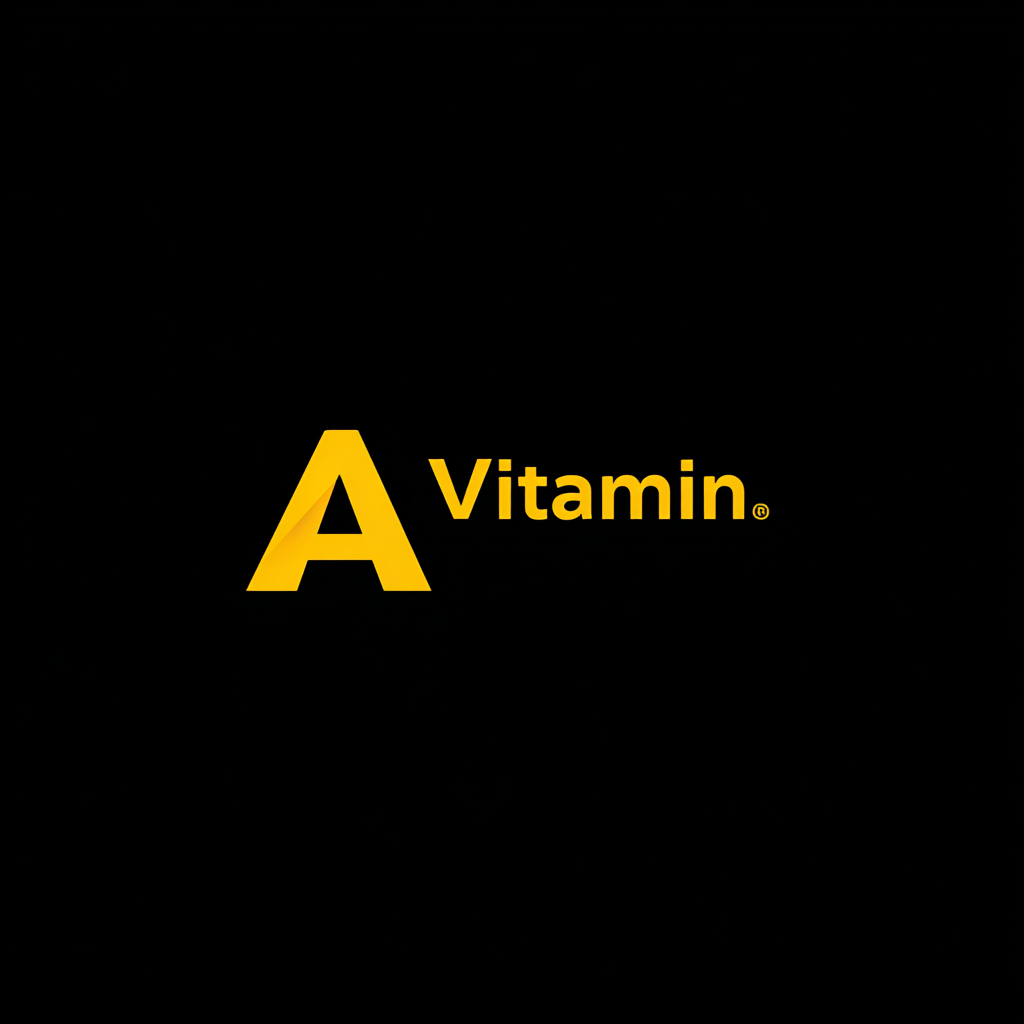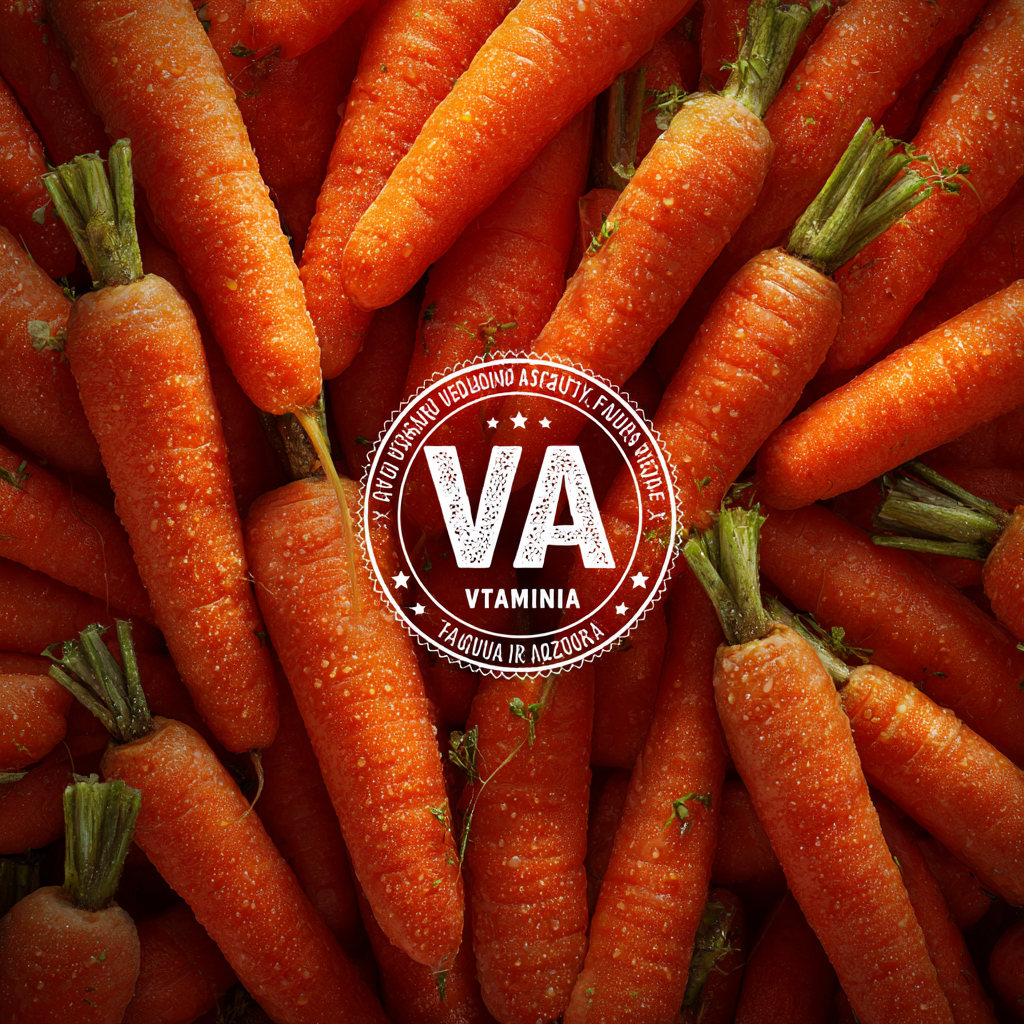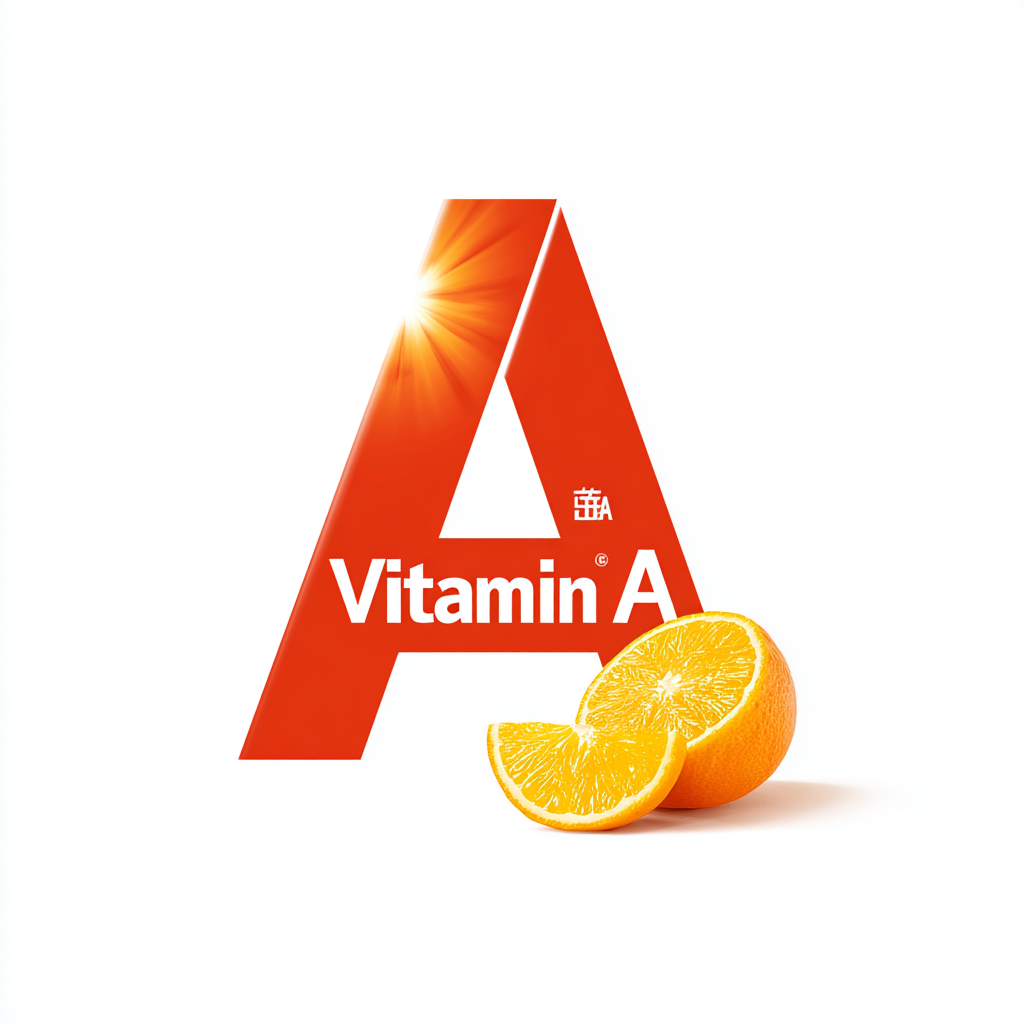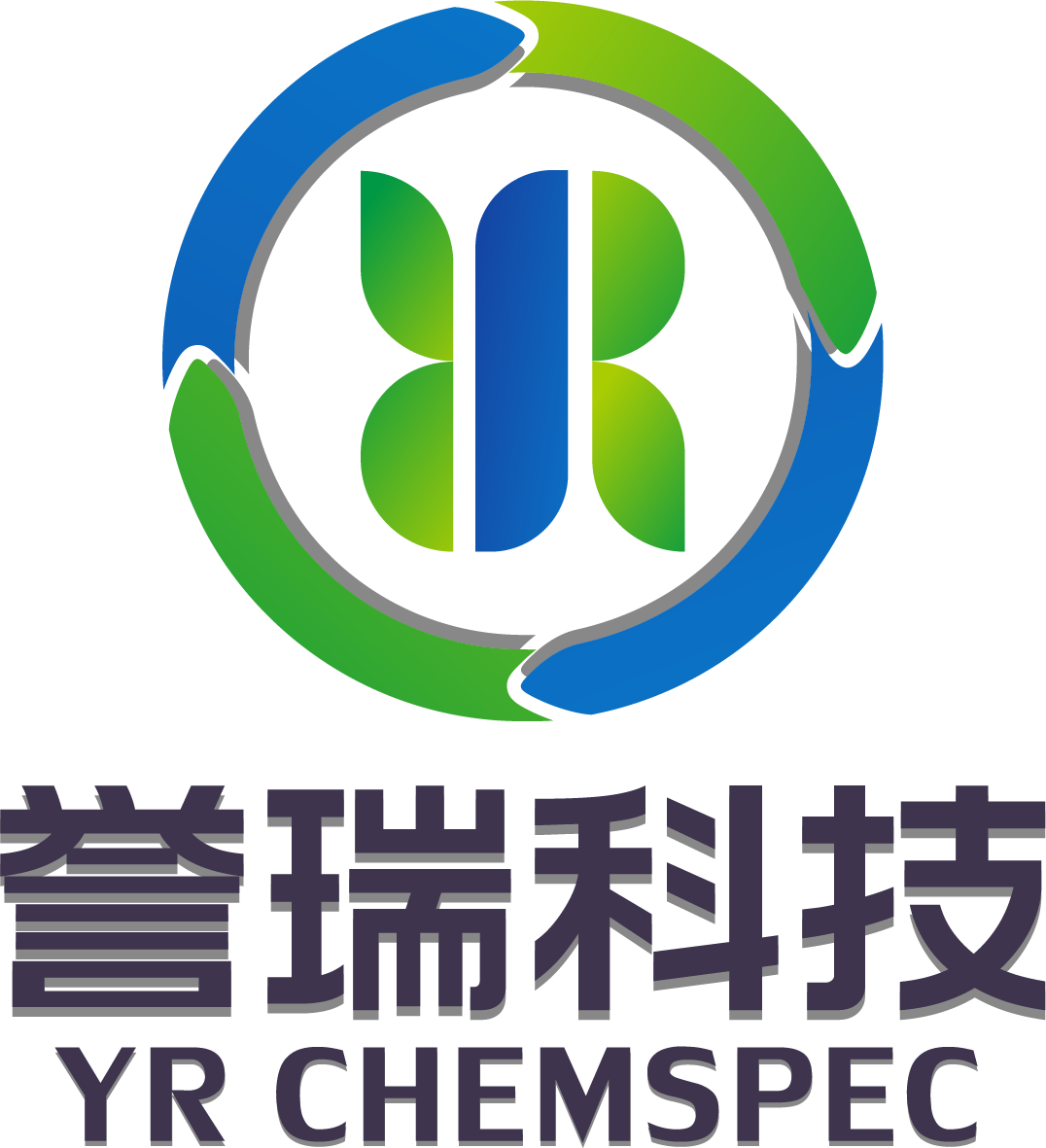In recent years, the global demand for Vitamin A has surged, driven by its essential role in nutrition and health, particularly in the dietary supplements and food industries. According to a report by Market Research Future, the Vitamin A market is expected to reach USD 3.46 billion by 2027, growing at a CAGR of 4.3% during the forecast period. As a key ingredient in various applications including animal feed, cosmetics, and pharmaceuticals, the sourcing of high-quality Vitamin A has become increasingly critical. China's Premier Factory stands out in this landscape, leveraging advanced production techniques and stringent quality control measures to deliver exceptional sourcing solutions. As the industry evolves, innovative approaches and strategic partnerships will be vital in meeting the growing needs for this vital nutrient, ensuring that stakeholders across the globe can access the best Vitamin A products effectively and sustainably.

China's premier factory has established itself as a formidable leader in the global vitamin A market, providing top-quality products that cater to diverse industries worldwide. Renowned for its advanced manufacturing processes and rigorous quality control measures, this facility leverages state-of-the-art technology to produce vitamin A that meets international standards. The factory's commitment to excellence not only enhances the potency and safety of its products but also ensures sustainability in its operations.
In addition to its impressive production capabilities, the factory plays a crucial role in global sourcing strategies. By maintaining strong partnerships with reputable suppliers and conducting thorough market analyses, it successfully navigates the complexities of the global supply chain. This strategic approach enables the factory to deliver competitively priced vitamin A to customers while also meeting stringent regulatory requirements. As the demand for vitamin A rises, China's premier factory continues to be a reliable source, driving innovation and setting benchmarks within the industry.
 When sourcing Vitamin A, understanding the key technical specifications is essential for ensuring quality and effectiveness. Vitamin A, an essential nutrient, comes in two primary forms: retinol and beta-carotene. Retinol is typically derived from animal sources and is the active form our bodies can readily utilize, while beta-carotene is a plant precursor that requires conversion. The potency of Vitamin A is measured in International Units (IU), with different forms varying in strength and bioavailability, making it crucial for buyers to decipher these distinctions while making their selections.
When sourcing Vitamin A, understanding the key technical specifications is essential for ensuring quality and effectiveness. Vitamin A, an essential nutrient, comes in two primary forms: retinol and beta-carotene. Retinol is typically derived from animal sources and is the active form our bodies can readily utilize, while beta-carotene is a plant precursor that requires conversion. The potency of Vitamin A is measured in International Units (IU), with different forms varying in strength and bioavailability, making it crucial for buyers to decipher these distinctions while making their selections.
Another important specification to consider is the purity and stability of Vitamin A products. Quality control processes should be in place to ensure that the products are free from contaminants and meet specific safety standards. The stability of Vitamin A can be affected by factors such as light exposure, temperature, and formulation, thus requiring careful packaging and storage conditions. Additionally, one should pay attention to the formulation type—whether in oil or powder form—as this can impact the absorption rate and efficacy of the nutrient in end products. Understanding these technical specifications not only aids in compliant sourcing but also helps manufacturers deliver optimal health benefits in their final formulations.
Recent advancements in digital innovations and biotechnology are significantly enhancing the production of Vitamin A, solidifying its position in global sourcing. One of the most striking developments is the use of genetically engineered microorganisms. This precision fermentation technique allows manufacturers to produce Vitamin A with higher efficiency and lower environmental impact, creating a more sustainable pathway for food production. By harnessing the power of synthetic biology, companies are able to streamline their processes, reduce waste, and optimize the yield of essential nutrients.
Furthermore, improvements in drying technologies are complementing these advances in production methods. Modern drying systems not only enhance energy efficiency but also minimize emissions, leading to cleaner production practices. These innovations are crucial for maintaining the integrity of Vitamin A while ensuring that the production processes align with global sustainability goals. Combined, these digital innovations and technological improvements are transforming the landscape of Vitamin A sourcing, making it more efficient and environmentally friendly.

In today’s competitive market, the global sourcing strategies for Vitamin A play a pivotal role in ensuring quality and cost-effectiveness. According to a report by Market Research Future, the global Vitamin A market is projected to reach approximately USD 4.2 billion by 2024, with a compound annual growth rate (CAGR) of 4.5% from 2019 to 2024. This growth underscores the necessity for companies to adopt strategic sourcing practices. Sourcing Vitamin A requires careful consideration of suppliers who not only meet stringent quality standards but also offer transparent supply chains to mitigate risks associated with fluctuations in raw material availability.
When choosing a supplier, it is essential to assess their certifications and adherence to industry regulations. The Global Organization for EPA and DHA Omega-3s (GOED) emphasizes that suppliers should comply with quality standards such as GMP (Good Manufacturing Practices) and ISO certifications. Furthermore, leveraging technology such as predictive analytics can greatly enhance sourcing decisions. A study by Deloitte highlights that companies employing advanced data analytics in their sourcing strategies can reduce costs by up to 20%. By focusing on these key factors, businesses can not only optimize their procurement processes for Vitamin A but also ensure they remain competitive in a rapidly evolving marketplace.
| Sourcing Strategy | Description | Benefits | Challenges |
|---|---|---|---|
| Direct Sourcing | Purchasing directly from manufacturers to secure better pricing. | Cost savings, improved product quality control. | Higher upfront work and risk of supplier reliability. |
| Supplier Audits | Conducting regular audits of suppliers to ensure compliance. | Enhanced quality assurance and risk management. | Resource-intensive and requires expertise. |
| Long-term Partnerships | Building long-standing relationships with key suppliers. | Stable pricing and consistent supply. | Complacency and dependency risks. |
| Market Research | Analyzing market trends to determine sourcing needs. | Informed decision-making and reduced costs. | Changing market conditions may undermine research accuracy. |
| Diverse Supplier Base | Utilizing multiple suppliers to mitigate risks. | Flexibility and reduced impact of disruptions. | Complex management and potential quality variation. |
When it comes to choosing the right vitamin A for your needs, it's essential to understand the various types available on the market.
Vitamin A plays a critical role in numerous bodily functions, including vision, immune response, and skin health. There are two primary forms of vitamin A: retinoids, which are derived from animal products, and carotenoids, which come from plant sources. For those looking to enhance their intake, understanding the differences can help determine the best fit for personal health goals.
For instance, individuals requiring immediate absorption may benefit more from retinoids, while those preferring plant-based options might find carotenoids more suitable. Each type has its own set of advantages, and recognizing personal dietary preferences and health requirements is key. Whether you are considering supplements or dietary changes, consulting with health professionals can provide tailored recommendations that align with your lifestyle. This comparative analysis not only aids in selecting the most effective vitamin A source but also emphasizes the importance of a balanced diet to meet nutritional needs.
